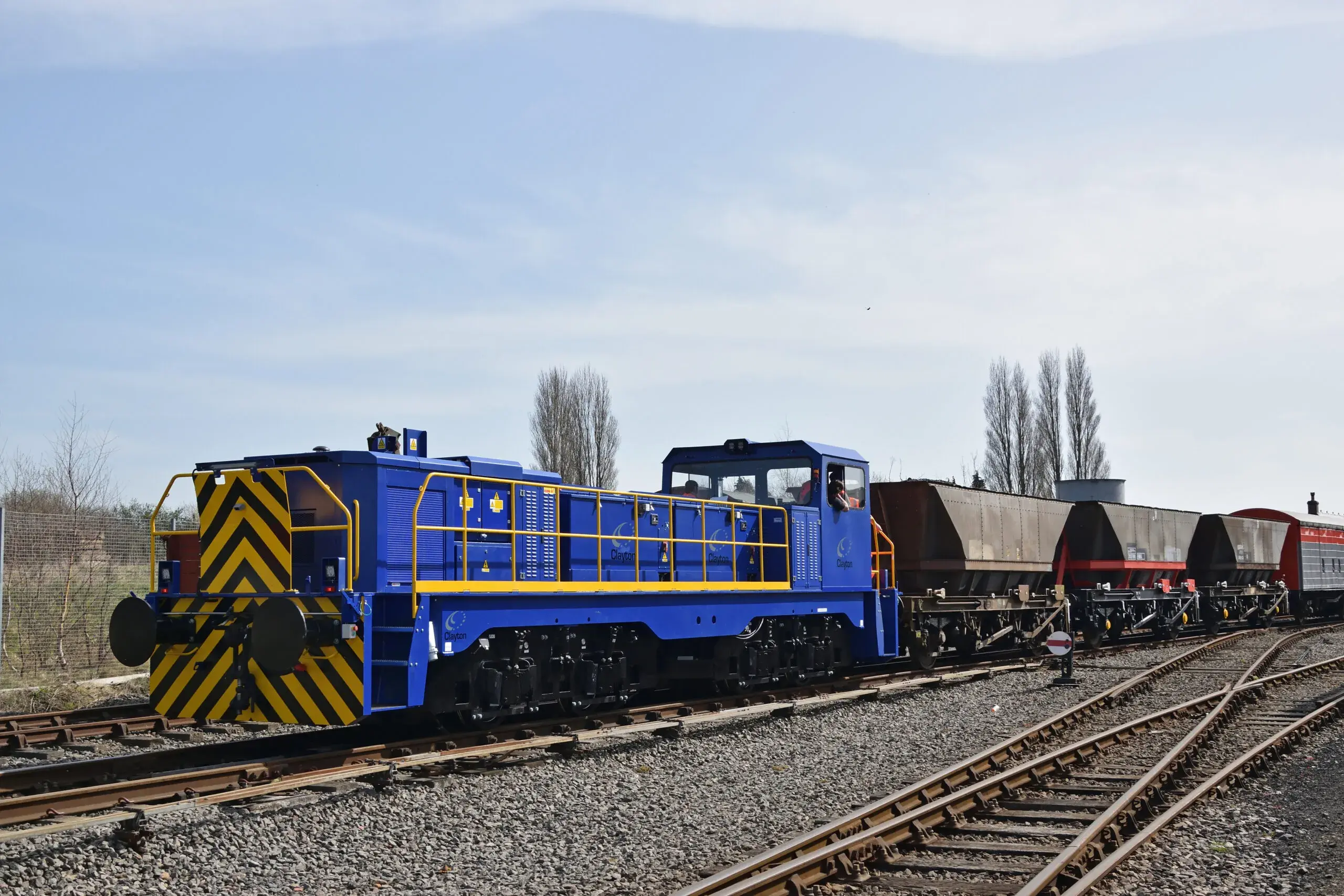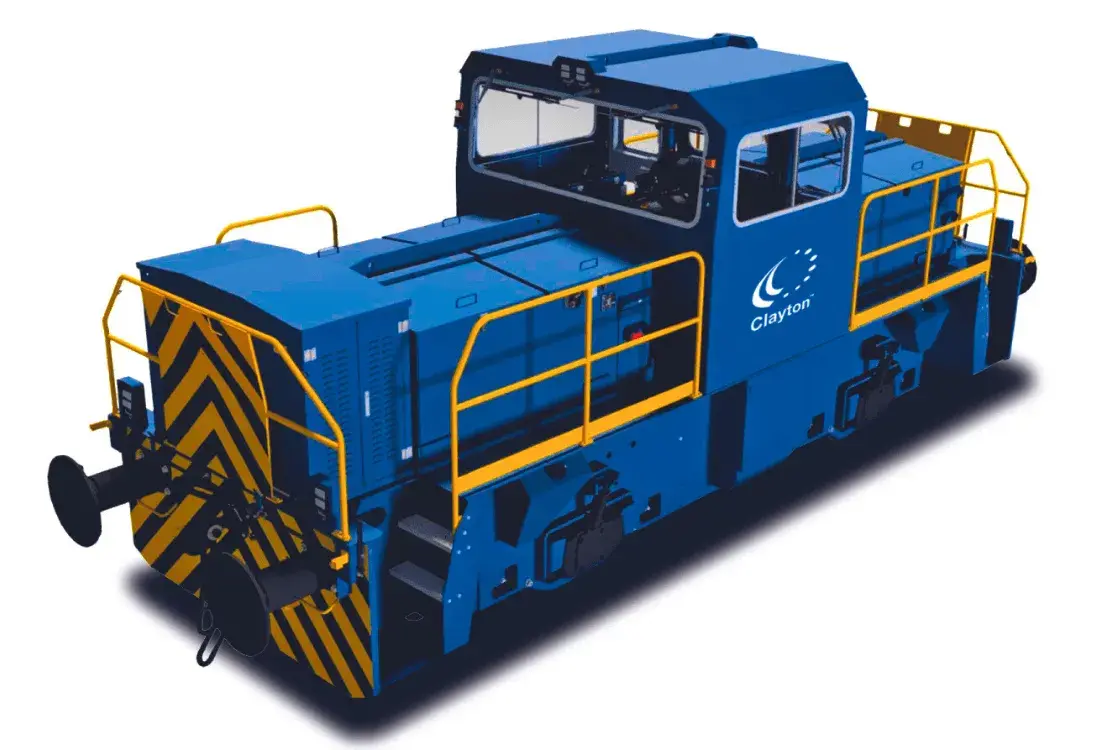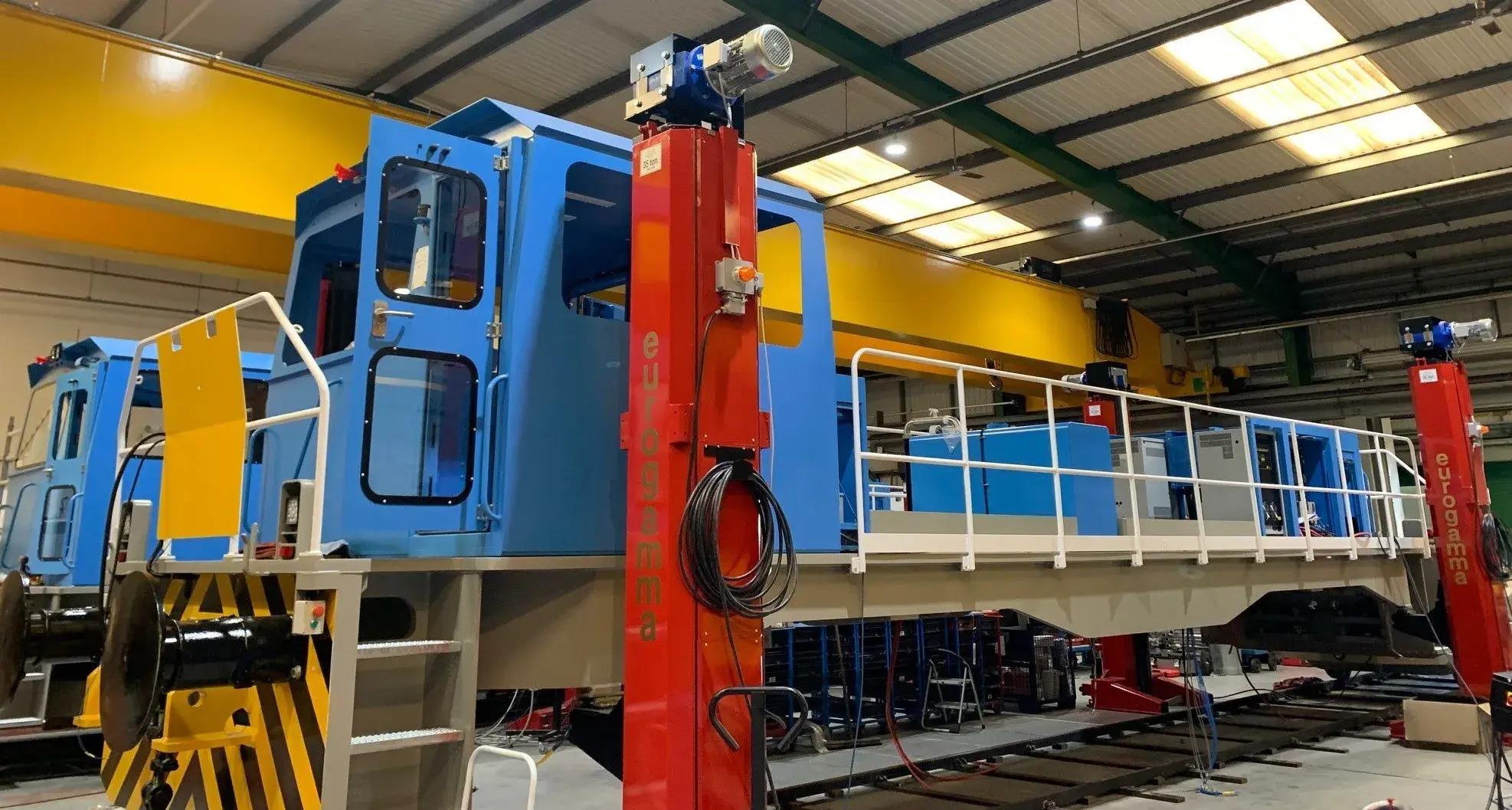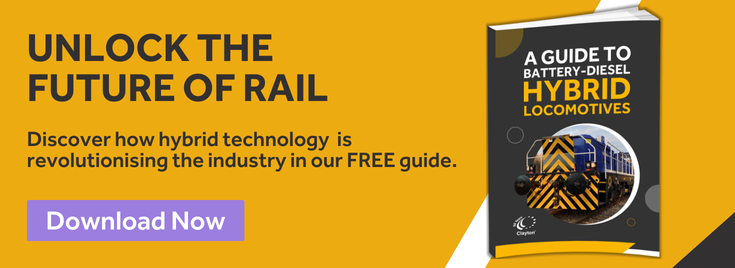How Does A Diesel Electric Locomotive Work?
Since the invention of the locomotive more than 200 years ago, multiple fuel sources have been used to power rail transport. From steam power to internal combustion engines, electric power, and batteries—which have been utilised as early as the 19th century—engineers have consistently sought ways to improve efficiency and performance. While diesel-electric locomotives have been in use since the early 20th century, advancements in hybrid power systems are now exploring ways to integrate multiple fuel sources to optimise energy efficiency.
But how exactly does a diesel-electric locomotive work , and why not simply rely on a single power source like batteries or external electrification? This article explores the mechanics behind diesel-electric locomotives and why they might be the ideal choice for your railway operations.
How A Diesel Electric Locomotive Works
At the heart of the system is a diesel engine, typically a two-stroke or four-stroke internal combustion engine. The diesel engine’s role is to convert the chemical energy stored in diesel fuel into mechanical energy. However, unlike traditional diesel-powered systems, the engine does not directly drive the wheels. Instead, it drives a generator to produce electricity.
The mechanical energy from the diesel engine drives an electric generator or alternator. Generators produce direct current (DC) electricity, while alternators generate alternating current (AC). Modern locomotives predominantly use alternators because of their efficiency and reliability. The electricity produced is then processed for optimal use and is sent to traction motors mounted on the locomotive’s axles. These motors convert electrical energy back into mechanical energy, driving the wheels. This two-stage process allows for smoother and more efficient power delivery compared to direct mechanical transmissions.
Modern diesel-electric locomotives are equipped with sophisticated computerised control systems. These systems regulate the power output of the diesel engine and manage electricity distribution to the traction motors. Operators can optimise performance by adjusting throttle controls to match load demands, ensuring efficient fuel consumption and minimising wheel slip under varying conditions.
What Are The Advantages Of Diesel-Electric Locomotives?
Hybrid Flexibility
These types of locomotives can combine diesel-electric power with traction batteries, which store braking energy and act as an energy accumulator. This stored energy can be reused to enhance efficiency, reduce fuel consumption, and improve overall performance. As a result, hybrid systems offer significant cost savings and operational benefits across industrial and transport sectors.
Fuel Economy Of Hybrid Systems
Hybrid locomotives leverage traction batteries to optimise engine efficiency. By ensuring the engine does not idle unnecessarily, the battery allows the engine to operate within its most efficient power curve. This reduces fuel consumption, minimises energy wastage, and extends the lifespan of critical engine components. Such optimisation is particularly advantageous in industrial settings where consistent power delivery and cost efficiency are paramount .
Efficiency
Electric motors are extremely efficient at converting electrical energy into mechanical energy. This offers more precise and responsive control of power, especially when compared to the direct mechanical or hydraulic connections between the engine and the wheels. This means operators have more control over acceleration, speed and braking, making the locomotives more flexible and safer to use.
Even Power Distribution
Another key advantage of the diesel electric system is its ability to distribute electric power evenly across multiple axles. This improves the traction of the locomotive, making it ideal for heavy-duty tasks which are often required in industrial and mining operations . Having evenly distributed power allows for greater pulling capability and means even smaller engines can provide high levels of traction.
Enhanced Handling
Electric motors are very responsive and can be easily reversed, which is especially useful in settings where frequent manoeuvring is required, such as rail yards and industrial facilities. These types of diesel-electric motors also deliver smoother and quicker changes in direction, enhancing manoeuvrability and improving ride quality for operatives.
Why Choose Diesel-Electric Locomotives?
The diesel-electric design combines the flexibility of diesel power with the efficiency and precision of electric systems. This hybrid approach makes them versatile, cost-effective, and suitable for a wide range of applications, from freight transport to industrial operations.
By using a two-stage power generation and distribution system, diesel-electric locomotives offer unparalleled efficiency, better traction, and adaptability to various rail environments. They are a compelling choice for modern railway operations, balancing performance with sustainability.
Book a demo or get in touch with a member of our expert team to further discuss the benefits of diesel electric power and how it could enhance your operations.
Topics:
Battery Locomotives
- News (100)
- Battery Locomotives (35)
- Low Emission Rail (21)
- Mining Locomotives (10)
- Shunting Locomotives (10)
- Diesel Locomotives (9)
- LocoWatch (5)
- Sustainability (5)
- Locomotive (4)
- Battery Locomotives Battery Locomotives (3)
- IoT Telematics (3)
- 90 Years (2)
- Case Study (2)
- Haulage (2)
- Battery Shunter Locomotives (1)
- Clayton Equipment (1)
- Shunting Locomotives Shunting Locomotives (1)
- Switcher Locomotives (1)
- Telematics (1)
- September 2025 (2)
- August 2025 (2)
- July 2025 (3)
- June 2025 (4)
- May 2025 (1)
- April 2025 (2)
- February 2025 (1)
- January 2025 (1)
- September 2024 (1)
- August 2024 (2)
- July 2024 (2)
- June 2024 (2)
- May 2024 (1)
- April 2024 (1)
- March 2024 (1)
- February 2024 (1)
- January 2024 (4)
- November 2023 (1)
- September 2023 (1)
- August 2023 (2)
- July 2023 (2)
- June 2023 (2)
- May 2023 (2)
- March 2023 (2)
- February 2023 (3)
- January 2023 (2)
- November 2022 (2)
- October 2022 (1)
- August 2022 (1)
- July 2022 (4)
- June 2022 (1)
- May 2022 (1)
- April 2022 (2)
- March 2022 (3)
- February 2022 (8)
- January 2022 (1)
- November 2021 (3)
- October 2021 (1)
- September 2021 (3)
- August 2021 (7)
- July 2021 (7)
- June 2021 (7)
- April 2021 (1)
- January 2021 (1)
- December 2020 (2)
- August 2020 (1)
- March 2020 (4)
- February 2020 (3)
- January 2020 (4)
- December 2019 (1)
- November 2019 (2)
- October 2019 (3)
Subscribe by email
Share this
You May Also Like
These Related Stories
Delivery of two 80-tonne Hybrid+ locomotives


Delivery of two 80-tonne Hybrid+ locomotives
June 7, 2021
1
min read
Battery-Powered Locomotives: The Future Of Long-Range Haulage


Battery-Powered Locomotives: The Future Of Long-Range Haulage
January 31, 2024
2
min read
Clayton to supply Tata Steel with Fourth and Fifth Hybrid +™ CBD90 locomotives


Clayton to supply Tata Steel with Fourth and Fifth Hybrid +™ CBD90 locomotives
June 16, 2021
1
min read




No Comments Yet
Let us know what you think